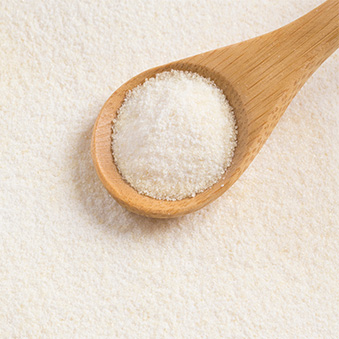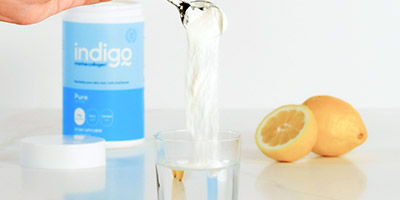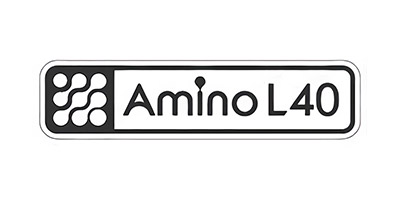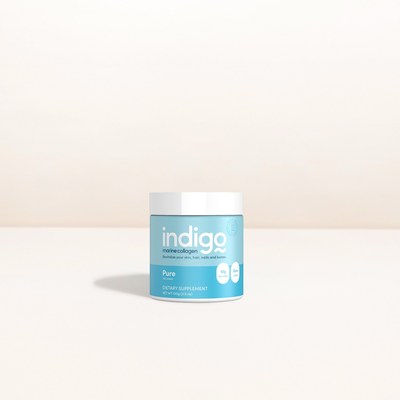Ajinomoto Health & Nutrition North America, Inc.
- About
- Solutions
Featured Product Lines
Feed-Grade Amino Acids
Amino acids for livestock and pets
Food-Grade Amino Acids
Amino acids for food
Pharma-Grade Amino Acids
Amino acids for pharmaceuticals
Aspartame
High potency sweetener
AjiPro®-L
Rumen-protected Lysine
Stock & Broth Concentrates
Culinary-grade broths and stocks
Monosodium Glutamate (MSG)
Umami seasoning
Our Consumer Brands
- Careers
- Stories
- Innovation
- Sustainability
- Nutrition










